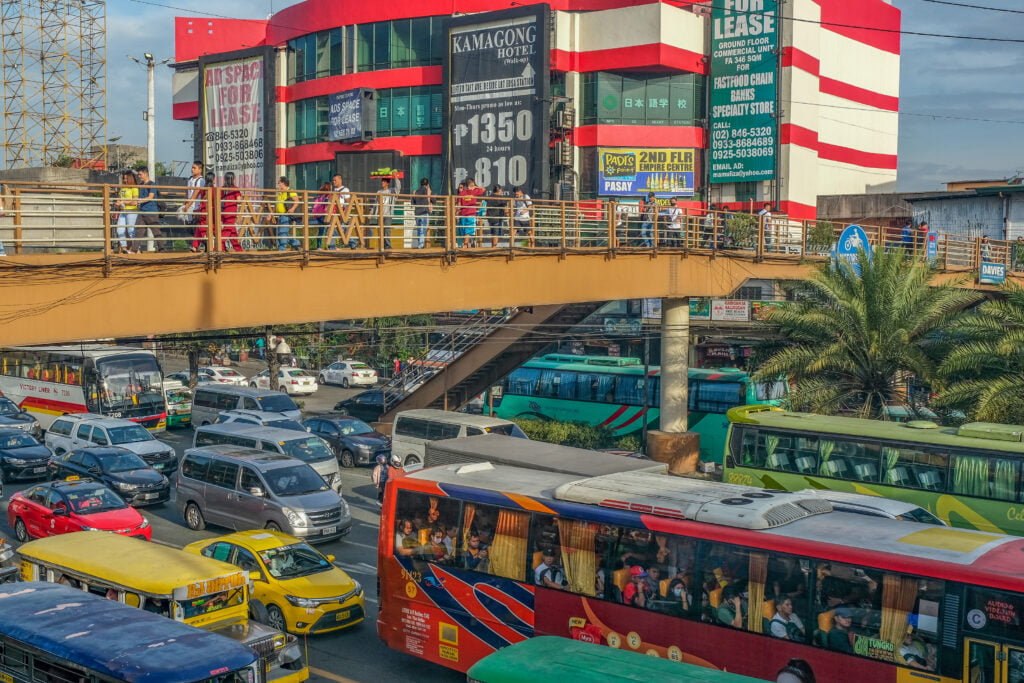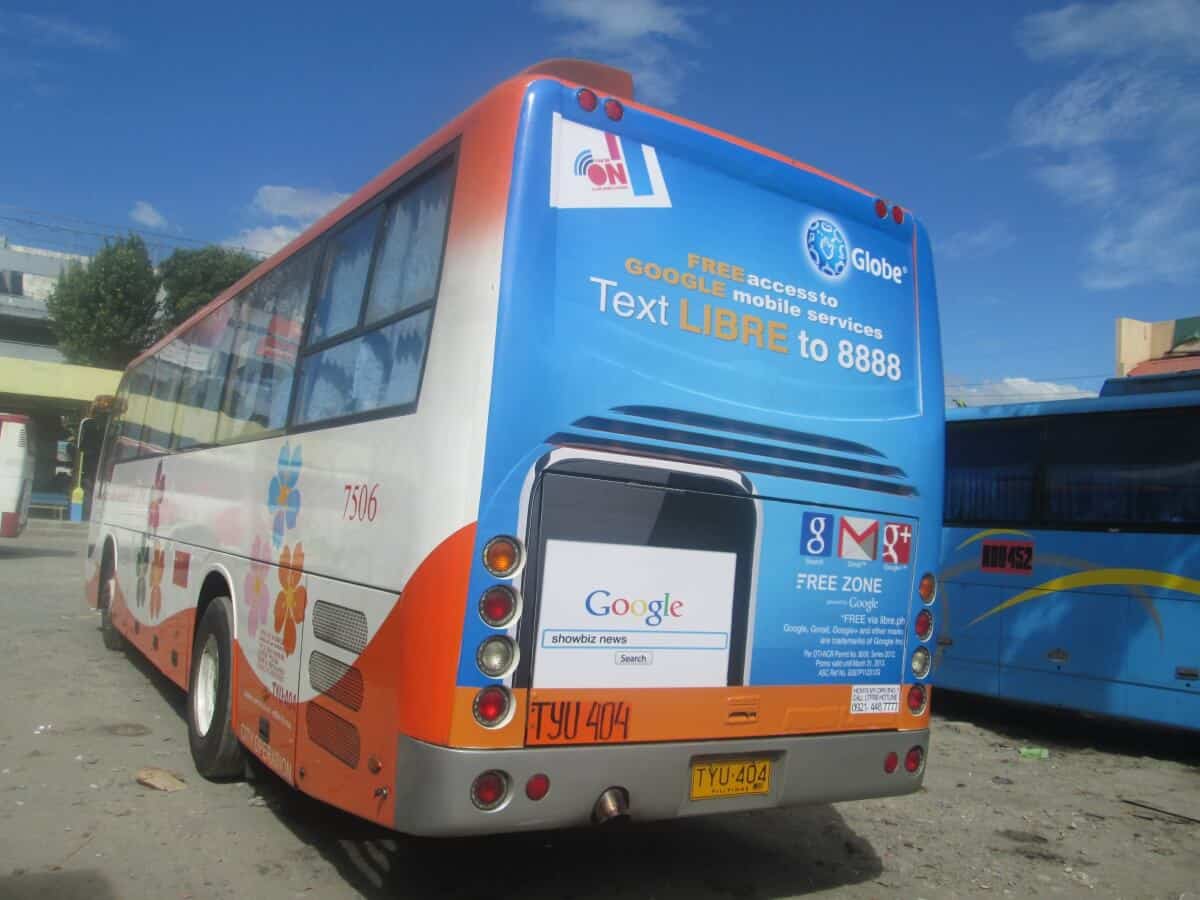Leading Benefits of Transit Advertising Philippines for Organizations
Leading Benefits of Transit Advertising Philippines for Organizations
Blog Article
How Transportation Advertising And Marketing Can Change Public Transport Spaces Into Dynamic Marketing Platforms
Transit advertising holds considerable possibility to redefine public transport spaces into dynamic marketing systems that educate and involve. As we check out the diverse advantages and progressing approaches of transportation advertising and marketing, it elevates the concern of just how this makeover could redefine our communications with both brands and the metropolitan atmosphere.
Benefits of Transportation Marketing

Additionally, transportation marketing is very cost-effective contrasted to standard media. It enables advertisers to accomplish high impressions at reduced prices, taking full advantage of return on investment. The captive audience of commuters supplies an opportunity for brands to share their messages to individuals that are frequently receptive throughout their travel times.
Furthermore, the vibrant nature of transit marketing permits campaigns to be updated regularly, making sure that messaging stays prompt and appropriate. This versatility can be critical in reacting to market patterns or promotional events, maintaining the brand name top-of-mind for customers. Finally, the pervasive presence of transportation advertising adds to brand recall; duplicated exposure within familiar traveling contexts strengthens brand recognition and fosters consumer commitment, inevitably boosting and driving sales brand name track record.
Kinds Of Transit Advertising
Public transport systems provide numerous formats for advertising, each accommodating various advertising and marketing methods and target market engagement methods. One prominent type is exterior bus and train covers, which cover the entire car and create a mobile billboard impact, permitting high visibility in urban atmospheres. These wraps can record focus as they traverse active streets, reaching a diverse audience.
One more popular layout is interior advertising, that includes posters, electronic displays, and advertisements on transit seats. These placements involve guests during their journey, enhancing brand messaging in a restricted room. Digital presents, specifically, offer the benefit of dynamic web content, enabling marketers to update messages in real-time.
Station advertising is likewise substantial, featuring posters, banners, and interactive stands within transportation stations. These ads leverage foot traffic and can target specific demographics based on place.
Lastly, marketing partnerships with transit authorities can lead to one-of-a-kind campaigns, such as themed transit experiences or events, boosting the general engagement with travelers. Each kind of transportation advertising and marketing uses distinctive advantages, permitting brand names to tailor their technique to effectively reach their target audience within the general public transportation ecosystem.
Involving Commuters Effectively
Travelers are significantly inundated with marketing messages throughout their day-to-day travels, making it essential for brands to involve them in cutting-edge means. To record attention in this crowded room, advertisers need to prioritize imagination and importance. Using eye-catching visuals and succinct messaging can significantly enhance the possibility of involvement.
Interactive elements, such as QR codes or increased fact functions, can likewise transform fixed ads right into immersive experiences, promoting a deeper link with the audience. Brands should concentrate on dealing with travelers' interests and requirements, customizing messages to reverberate with their way of life, whether with promos for neighborhood services or solutions made to enhance their commuting experience.
Furthermore, timing plays a vital role; tactically putting advertisements throughout optimal commuting hours can maximize exposure and effect. Involving travelers successfully additionally includes leveraging social networks combination, allowing guests to share their promos or experiences directly from transit systems, thus amplifying brand reach.
In essence, reliable interaction pivots on understanding the traveler journey and developing engaging, interactive, and pertinent advertising experiences that not just catch interest but likewise drive activity and loyalty. By doing so, brands can transform mass transit into a dynamic advertising system that resonates with its audience.

Measuring Marketing Impact
How can brands properly analyze the performance of their ad campaign en route environments? Measuring the influence of transportation advertising and marketing calls for a complex technique that integrates quantitative and qualitative metrics. One widespread approach is tracking interaction with mobile analytics, where brands can analyze foot traffic patterns and application interactions before, throughout, and after projects.
Studies can provide important insights right into brand name recall and customer sentiment, enabling brand names to gauge exactly how well their messages resonate with travelers. Additionally, keeping an eye on social media involvement pertaining to certain projects can reveal shifts in public perception and brand name conversation.

Furthermore, working together with transit agencies can boost dimension accuracy, as they usually possess comprehensive demographic information on ridership fads. By integrating these techniques, brand names can create an extensive understanding of their advertising effectiveness, ensuring that their projects not just reach but also influence their target market efficiently.
Future Trends in Transportation Advertising And Marketing
A substantial shift is expected en route advertising and marketing as technological innovations and changing have a peek at this website consumer habits improve the landscape. Transit Advertising Philippines. The combination of interactive media and digital screens is anticipated to improve involvement, permitting brands to supply dynamic web content that reverberates with diverse audiences. As public transport systems welcome smart innovation, marketers will take advantage of real-time information analytics to tailor messages based on guest demographics and actions
Additionally, increased reality (AR) is poised to transform the means commuters connect with advertisements. By giving immersive experiences, AR can change an ordinary journey right into an engaging story that catches attention and promotes brand name commitment. This technology will likely motivate marketers to create more experiential projects that drive customer interaction.
Sustainability is another vital fad influencing transportation advertising and marketing. As environmental consciousness grows, brand names will significantly seek to line up with environment-friendly practices, using lasting products and advertising eco-friendly efforts within their campaigns.
Verdict
Finally, transportation marketing offers significant advantages by improving brand name exposure and involving a captive target market. Through different layouts, such as outside covers and digital displays, it transforms public transport right into a vivid advertising and marketing system. Efficient interaction methods and durable measurement strategies further enhance its effect. As fads evolve, the potential for innovative interactions between brands and commuters is poised to grow, guaranteeing that transportation advertising and marketing continues to you can find out more be a crucial element of contemporary advertising approaches.
Transportation advertising and marketing holds substantial potential to redefine public transportation spaces into vibrant marketing platforms that inform and involve. The prevalent visibility of transportation marketing adds to brand name recall; repeated exposure within familiar traveling contexts reinforces brand name understanding and cultivates customer commitment, inevitably boosting and driving sales brand name online reputation.
How can brands properly examine the performance of their advertising and marketing campaigns in transportation atmospheres?In final thought, transit marketing uses considerable advantages by improving brand exposure and engaging a captive target market. go Transit Advertising Philippines. As trends evolve, the possibility for innovative communications between travelers and brands is poised to grow, guaranteeing that transit advertising and marketing stays a crucial component of contemporary advertising methods
Report this page